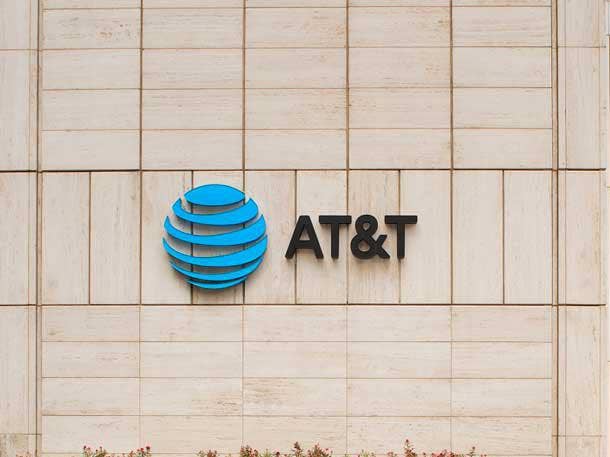AT&T Subscriber Growth Surges As COVID-19 Challenges Business
The carrier giant added and retained many subscribers in 2020 despite the pandemic, which continued to impact most of its businesses negatively, including its business segment.

AT&T invested its dollars into subscribers and growing its relationships during an unprecedented 2020, CEO John Stankey told investors during the carrier’s fiscal fourth-quarter 2020 conference call on Wednesday.
The carrier’s wireless and broadband strength anchored AT&T at the end of 2020. AT&T added 1 million fiber subscribers for the second year in a row as customers moved to higher-speed services. The carrier saw 800,000 postpaid phone additions in the fourth quarter of 2020 and 1.5 million postpaid phone adds for the full year; its highest number of net adds of its highest-value subscribers in a decade.
Still, AT&T felt the fallout from COVID-19 across many of its business segments during the final fiscal quarter of the year. The carrier estimated that the pandemic had a $2.5 billion impact on the quarter. The estimated COVID-19-related impact on the Business segment in the latest quarter was $100 million.
[Related: AT&T's New Managed Service Is Built On Cisco SD-WAN]
Business wireline services revenue declined during the fourth quarter of 2020 to $6.32 billion compared with $6.59 billion a year ago, which the carrier attributed to a decline in legacy voice services.
John Stephens, AT&T’s CFO, said that the carrier is continuing to focus on AT&T’s most advanced strategic and managed business offerings, which include VPN and security. Strategic and managed services rose 2.1 percent to $4.01 billion compared to $3.93 during the quarter. Business wireless services also climbed 2.6 percent to $1.95 billion compared to $1.90 billion a year ago.
“Our business wireline team continues to effectively manage the transition of the business and deliver solid results, even during the pandemic,” Stephens said.
AT&T’s mobility segment revenue totaled $20.12 billion during Q4 2020, an increase of 7.6 percent compared with $18.70 billion in the same quarter a year ago. The overall communications business, which includes high-speed internet, video and legacy voice services, stayed relatively flat at $36.72 billion during the quarter compared to $36.52 billion in the fourth quarter of 2020. In Mobility, AT&T said its service revenues grew modestly during the quarter by .5 percent, while equipment revenues climbed up 28.3 percent during the quarter.
The carrier had 273,000 fiber net adds during Q4 2020 and more than 1 million net adds for the full year, which AT&T said was driven by the current work-from-home environment. More than 90 percent of all broadband subscribers on AT&T’s fiber network today are subscribed to speeds of 100 megabits per second, according to AT&T.
The WarnerMedia unit, which includes Turner and premium TV channel HBO that AT&T acquired as part of its Time Warner purchase in 2018, continued to feel the effects of the pandemic. The segment reported revenue of $8.55 billion in the quarter compared with $9.45 billion last year, a 9.5 percent drop-off due lower theatrical revenues as theaters remained closed.
Dallas-based AT&T said the pandemic reduced its earnings in the last quarter of the year by 8 cents. Adjusted diluted earnings per share during the fourth quarter, which ended December 31, was 75 cents, down from 89 cents one year ago. Total revenue was $45.69 billion, a 2.4 percent decline from $46.82 billion in the same quarter one year earlier. Net income was $13.88 billion.
AT&T kicked off a restructuring plan in 2019 that would include a review of its portfolio and a promise of no major acquisitions for the next several years. Stankey said that the carrier is streamlining its operations and reduced its debts in 2020. AT&T’s cost-cutting initiatives generated about $2 billion in savings in 2020, he said. The company also reduced its real estate footprint by 9 million square feet during the year, with more to come, Stankey said.
AT&T’s former CEO Randall Stephenson, who retired in 2020, also stepped down as executive chairman of the board of directors at AT&T on Jan. 19. Despite the departure, Stephenson entered into a one-year consulting services contract with AT&T for which he will be paid $1 million in connection with his retirement.
Current CFO Stephens, who has spent 28 years at AT&T and sat in the carrier’s CFO seat for a decade, is retiring in March. He will be succeeded by Pascal Desroches, CFO of WarnerMedia.